Which of these objects does not belong? Would you be surprised if I told you they are all compasses, even the nickel? It’s true. The nickel that you see in the image above is actually the Covert Escape Compass from Shomer-Tec. I was intrigued to learn how an ordinary nickel could be used as a compass, so they sent me one to try. Let’s take it for a spin… literally.
Note: Images can be clicked to view a larger size.
The Covert Escape Compass is made from a genuine US 5 cent piece. One glance at it and you won’t notice that it is different from other nickels that you might have jingling around in your pocket.
The front and back of the coin don’t give away the fact that this isn’t an ordinary coin.
Here we see the Covert Escape Compass beside a non-compass coin on the right. If you’ve been looking at these images closely, you’ve probably already seen the difference…
The Covert Escape Compass has been splint in half and glued back together again. The one I was sent is actually a little skewed. Why was it sliced in half? To add a magnet that will turn the coin into a compass that points North.
I tested the magnetic ability by sticking it on the steel bulletin board in my office.
To use the Covert Escape Compass you have to tie a thin thread around the edge. It’s up to you to come up with the thread, but the groove between the two halves makes it easy to attach. Then all you need to do is hold the thread so the nickel dangles from your hand. When it stops swinging, the heads side of the coin will point North. I tested the coin along with a couple other traditional compasses like the little Tru-Nord brass compass that you see in the image above. The Covert Escape Compass does work, but I found that it’s really sensitive to magnetic fields. When I was testing indoors at home, the coin would either spin continuously or it would just rotate a quarter of a turn back and forth. Of course you probably don’t need to use a compass when you’re indoors anyway, so I also tested outdoors where it worked just fine.
The real question is why would you even need something like this in the first place and where did the idea to turn a coin into a compass originally come from? Here’s the answer according to Shomer-Tec:
This unique new covert compass was inspired by the various escape compasses developed during WWII and issued to Allied airmen and commandos as part of their escape & evasion kits. Unlike standard military compasses, due to specialized requirements escape compasses were mostly very small and of rudimentary design, had minimal markings, and provided gross magnetic north indication.
The Covert Escape Compass from Shomer-Tec does make a fun conversation piece and it will perform as a compass when you’re outdoors. I’m pretty sure most people will not want to spend $24 (not including shipping) for one though when you can find smaller traditional compasses that can be hidden on your person with equal ease. There are even tiny compasses enclosed in glass cases that are designed to be swallowed and then “retrieved” later – eew!
Source: The sample for this review as provided by Shomer-Tec. Visit their site for more info.
Energizer AA and AAA Batteries, 48 Count, Combo Pack Contains 24 Max Double A and 24 Max Triple A Batteries
$35.74 ($0.74 / count) (as of December 4, 2025 21:59 GMT -05:00 - More infoProduct prices and availability are accurate as of the date/time indicated and are subject to change. Any price and availability information displayed on [relevant Amazon Site(s), as applicable] at the time of purchase will apply to the purchase of this product.)RunningSnail Emergency Hand Crank Radio With LED Flashlight For Emergency, AM/FM NOAA Portable Weather Radio With 2000mAh Power Bank Phone Charger, USB Charged & Solar Power For Camping, Emergency
26% OffProduct Information
| Price: | $24 (Euro coin version is $29) |
| Manufacturer: | Shomer-Tec |
| Pros: |
|
| Cons: |
|

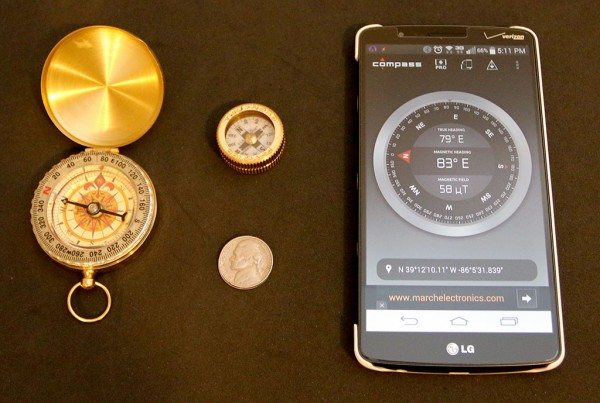
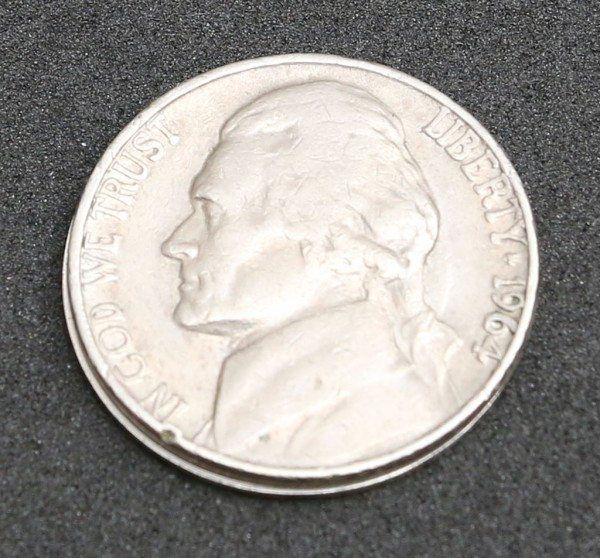
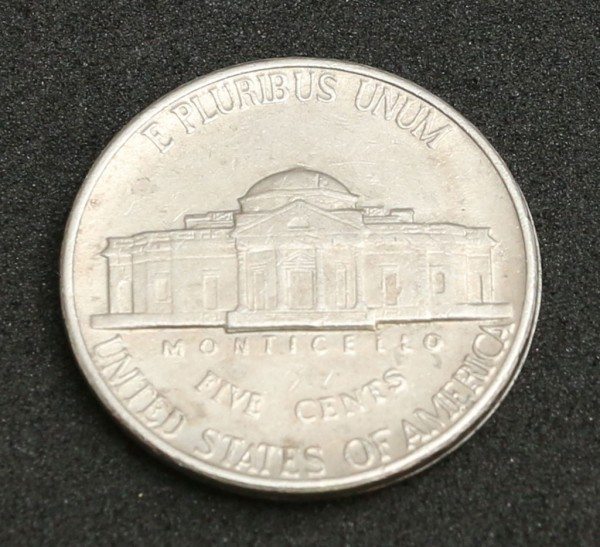
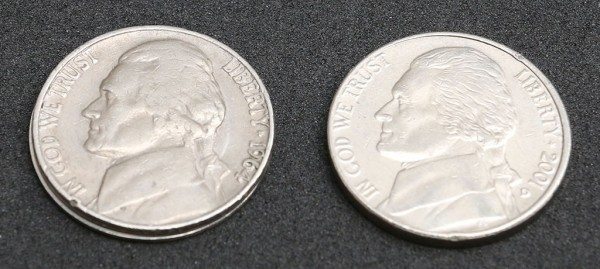
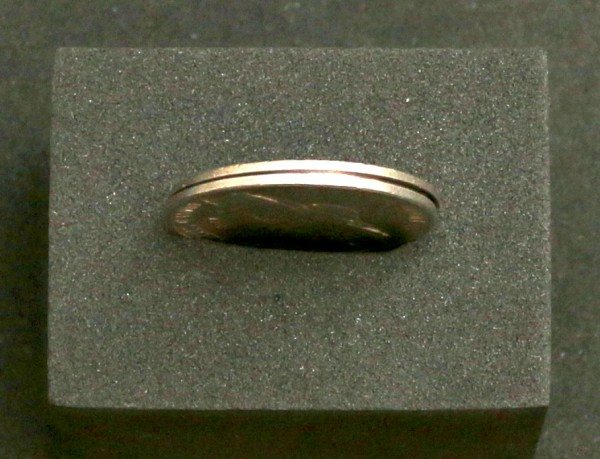
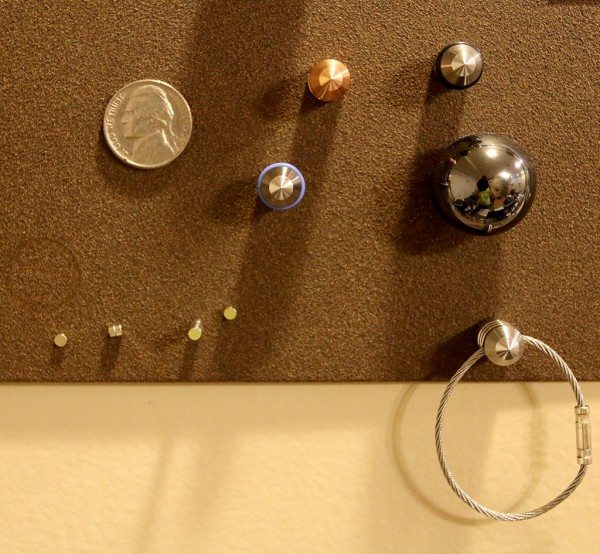
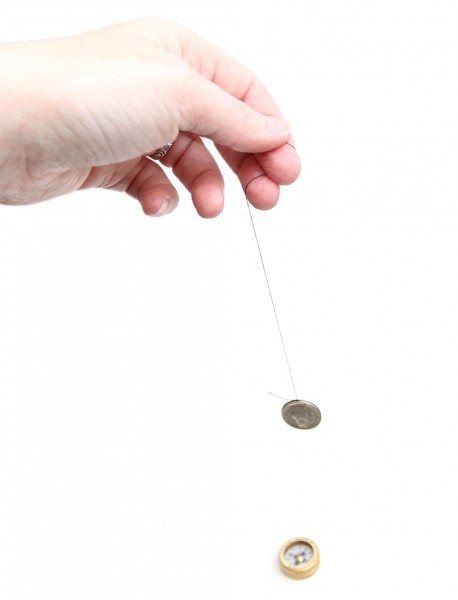


Gadgeteer Comment Policy - Please read before commenting
Hopefully you didn’t receive a returned unit that had been “swallowed and retrieved later”
@Andrew the nickel isn’t the type you can swallow 😉
Tell that to my Niece who just passed 2 nickles and dimes last week. That knowledge would have saved my sister a WHOLE ton of worry.
“Easy to mistake for an ordinary nickel – might use it to buy something my mistake”.
“My mistake” is a great, albeit presumably unintentional, pun.